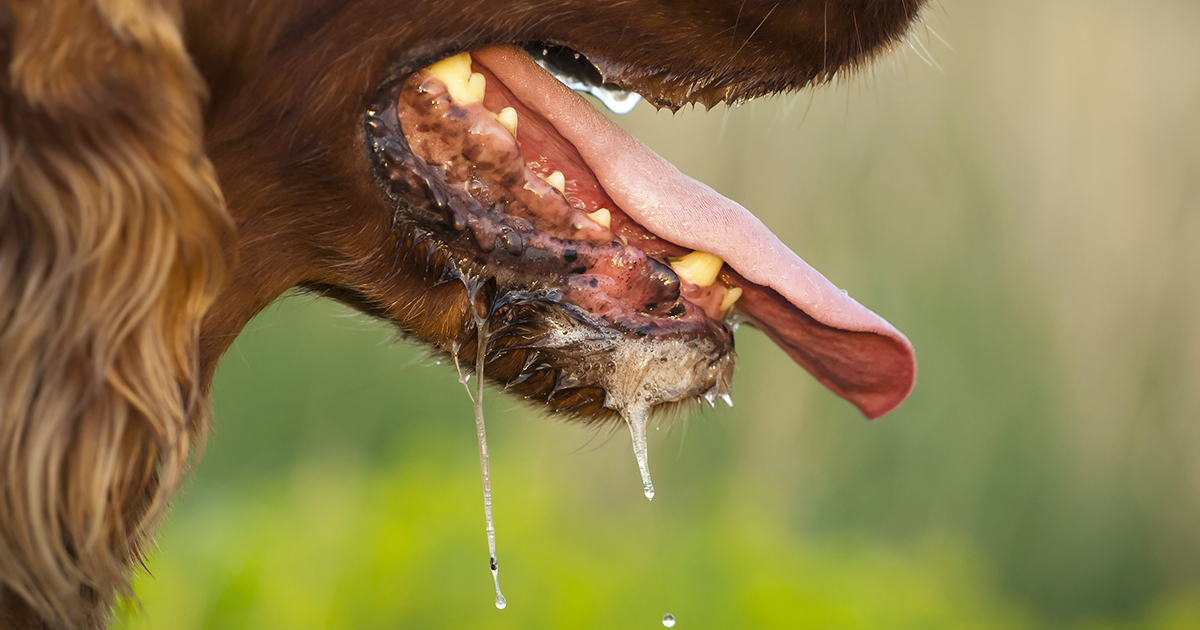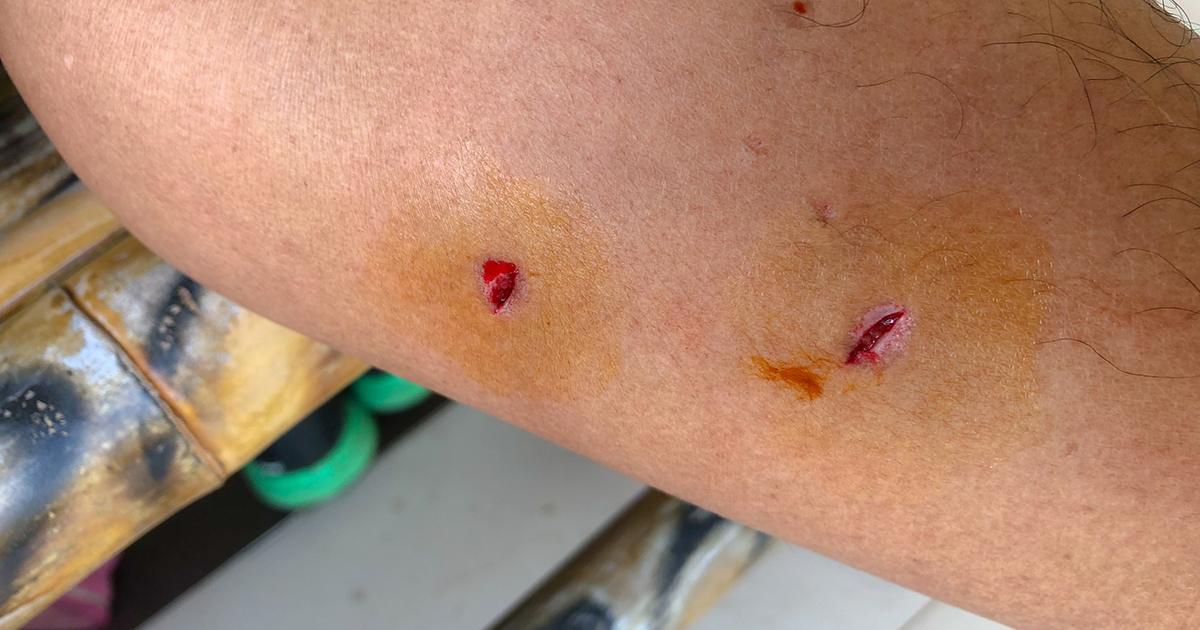Causes And Risk Factors Of Rabies
Rabies is a viral infection transmitted by saliva. Individuals and animals are usually infected through a bite from an infected animal. Although rare, rabies can also be transmitted through the air in caves where large numbers of infected bats live. Unfortunately, rabies has no real treatment and no cure once the infection sets in. Although it can't be cured, the disease can be effectively controlled through vaccination. All dogs and cats kept as pets should be vaccinated against rabies. Bats, foxes, skunks, coyotes, and raccoons are common wild carriers of this disease. Any mammal can carry and transmit rabies. Learn more about the causes and risk factors of rabies now.
Infected Saliva

Rabies is a zoonosis, which refers to a disease that can be passed from animals to humans. There are many zoonoses, but most are not viral, because viruses are highly adapted to a preferred host. Rabies, however, is an exception. Once the rabies virus enters the body, it shows a preference for nerve cells and its ultimate target is the brain. Depending upon the location of the bite, it can take anywhere from two weeks to a year for the virus to progress to the point of causing symptoms, though the average incubation time is between one and two months. As the virus travels along nerve fibers and enters the brain, it begins to be present in the saliva. Infected saliva is the means through which this virus spreads from person to person, usually in the form of a bite.
Speaking of a bite, keep reading to learn how it can result in rabies.
Bite From An Infected Animal Or Human

Rabies can cause extreme agitation in both animals and humans. It attacks the brain and causes victims to lose control of themselves. It can alter typical behavior. Wild animals may seem tame, because, under the influence of the virus, they lose their normal and healthy fear of humans. Humans can also lose all control of their actions. They may thrash about and attack anything in sight. Both rabid animals and rabid humans may bite. It's that bite from an infected animal or human that transmits the disease to the next individual. Even after exposure by an infected bite, rabies can often be prevented through a series of injections that help the body produce antibodies against the disease. This treatment must be given within a certain period to be effective. Once symptoms appear, vaccination is useless, and death is near certain.
Learn more about the causes and risk factors of rabies now.
Licking An Open Cut

It's possible to get rabies if an infected animal were to lick an open cut on another animal or person, thus transferring some saliva into the open wound. Transmission is also possible if the virus comes into contact with the mucous membranes of the eyes, nose, and mouth. Rabies can also be theoretically transmitted by eating infected wild game that has not been thoroughly cooked. Sufficiently high heat will kill the rabies virus. However, none of these modes of transmission is common, and rabies is still transmitted via the bite of an infected animal most of the time.
Continue reading to reveal more information on the causes and risk factors of rabies now.
Activities Involving Wild Animals

There is a rabies vaccination available for humans, though it's not recommended for the public. Individuals who work around wild animals should receive the rabies vaccination. So should anyone who plans to travel to certain countries in the developing world where the disease is common. Activities involving wild animals are typically safe when proper precautions are taken, though they do increase one's risk of getting rabies. Never get close enough so an animal could suddenly charge and inflict a bite. Don't be deceived by seemingly tame animal behavior either. It's possible the animal seems tame because it's used to humans and because they feed it. However, excessively friendly and tame behavior in a wild animal is also a possible symptom of rabies. There is, unfortunately, no way to know which it is for certain, so never try to hand-feed a wild animal. Keep a safe distance.
Learn more about risk factors for rabies.
Traveling Where Rabies Is Common

Caution is the word when traveling where rabies is common. This includes parts of Asia, Africa, Indonesia, as well as Central and South America. There are rural areas in these countries where packs of dogs run wild. These dogs come into contact with rabid wild animals and acquire the disease through their bites. Once infected themselves, they then spread the disease among each other. They can attack the local human population and infect them as well. The United States sees only a couple of rabies cases in a year. Compare this to a staggering worldwide rabies death rate of about one person every ten minutes. All tourists going to areas where rabies is prevalent should receive a rabies vaccination before departure.
